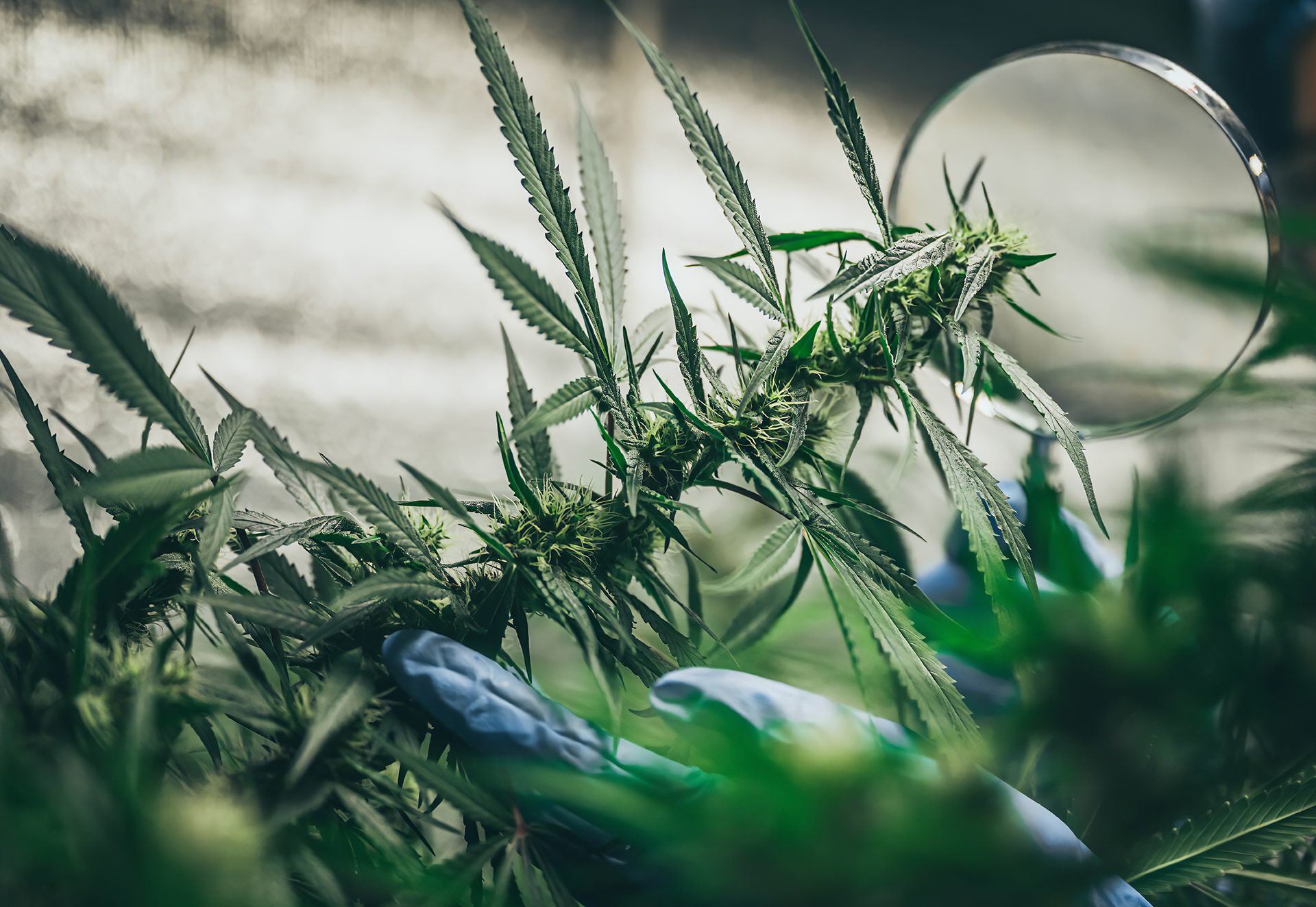Speaking of signs of overwatering, topsoil issues is something that you can’t ignore. We’ll also share with you the common causes of overwatering. Let’s read on:
5.) Topsoil issues
When it comes to diagnosing your sick plant, examining the topsoil can help you narrow down the possible problems. If you notice the following issues with your topsoil alongside any of the plant symptoms above, you can feel pretty confident that overwatering is your villian.
- Fungus gnats
- Green algae
- Soil is constantly wet or waterlogged
- Topsoil has turned solid
- Indents or divots where water is getting poured heavily
Notice how the grow medium here looks completely soaked with green algae growing on top. Green algae only grows when topsoil is staying wet too long. That lets you know the problem is overwatering in this case without even looking at the symptoms on the plant itself.
Just like algae, fungus gnats can only live when the topsoil is staying wet for long periods of time. If you see fungus gnats (tiny black flies buzzing around the soil) it almost always means you’ve been overwatering the plants. If the plant has a bad infestation of fungus gnats, which may means it’s being overwatered. At this point, it’s hard to tell whether the fungus gnats or the overwatering is directly causing the symptoms, but the solution is the same: better watering habits.
It’s common for topsoil to look hard and almost solid if it’s staying too wet for too long. If you’re also seeing green algae and permanent deep divots/holes where the water is getting poured, you can feel pretty certain you’re overwatering.
Solution: How to Water Plants Perfectly
It’s common for these issues to be confused for something else. One of the things that can be difficult about diagnosing problems is that many symptoms can be caused by multiple different factors. For example, nutrient deficiencies can be caused by lack of nutrients, but also incorrect pH, bugs, overwatering, etc. Yet if you’re seeing droopiness alongside mysterious symptoms, especially with waterlogged topsoil, there’s a strong chance that watering habits may be the true culprit.
Before you can fix the issue, you have to identify exactly where you’re tripping up. “Overwatering” is a broad term that describes a situation with lots of water at the roots but not much oxygen. There are a few different ways to get there.
Common Causes of Overwatering
- Watering too often
- Watering too much at a time
- Poor draining grow medium (dense, thick, muddy, etc.)
- No drainage holes to release runoff water out the bottom
- Letting plant sit in runoff water (always remove runoff after watering for the best results)
- Poor transpiration (plant can’t efficiently evaporate water through the leaves). This prevents plants from “sucking up” water from the roots like a straw, and results in slow water uptake
Environment: Overwatering is More Likely When…
- Weak grow lights – Plants just don’t drink as much under weaker lights. That means overwatering is more common with small grow lights.
- Small plant, big pot – When plants are small, young, or unhealthy, they just don’t drink as much. When they’re in a container that’s much bigger than the size of their roots, it’s easy for them to drown because they use up all the oxygen and then roots are sitting in stagnant water. The best way to help these plants is give less water at a time until they’re bigger and drinking more.
- Heat (above 85°F / 30°C) – In the heat, oxygen is less available at the roots. Keeping roots from getting too hot helps the plant better deal with heat. That’s part of why plants become more resistant to heat after they get bigger. The big plants help shade the roots from the grow light, and grow lights are typically further away because plants are taller. This combo prevents roots from heating up as much and plants just become more resistant overall.
- Cold (below 70F) – In the cold, plants are evaporating less water from their leaves, which means they drink less, making it more likely for roots to stay too wet, too long. Roots especially hate being cold. Yeah, roots are kind of picky. Plants can thrive in much cooler ambient temperatures as long as you keep the roots relatively warm. For example, don’t let the roots sit directly on a cold basement floor. Keeping plants slightly up off a cold floor will help them handle a wider range of temperatures without slowing down.
- Humid (above 65%) – Just like with cold, high humidity prevents water from evaporating properly from the leaves. That means plants are drinking less overall, which increases the chance of water hanging out too long at the roots.
- Lack of Air Circulation – A slight breeze is good for your plants. Not only does a little airflow prevent hot spots and strengthen stems, but plants are also better able to evaporate water off their leaves. Gentle air movement also helps keep topsoil from staying wet for too long and can even offer some protection against bugs like fungus gnats and spider mites.
A perfect environment helps plants deal with a variety of root moisture levels without issue. In fact, nearly all environmental problems except low humidity (too dry) increase the chance of plants suffering from overwatering. Extremely dry air can cause slow or unhealthy growth, but it does help plants drink more quickly and water evaporate faster. You can still overwater plants when the air is too dry, but it’s a little less common.
To be continued…


